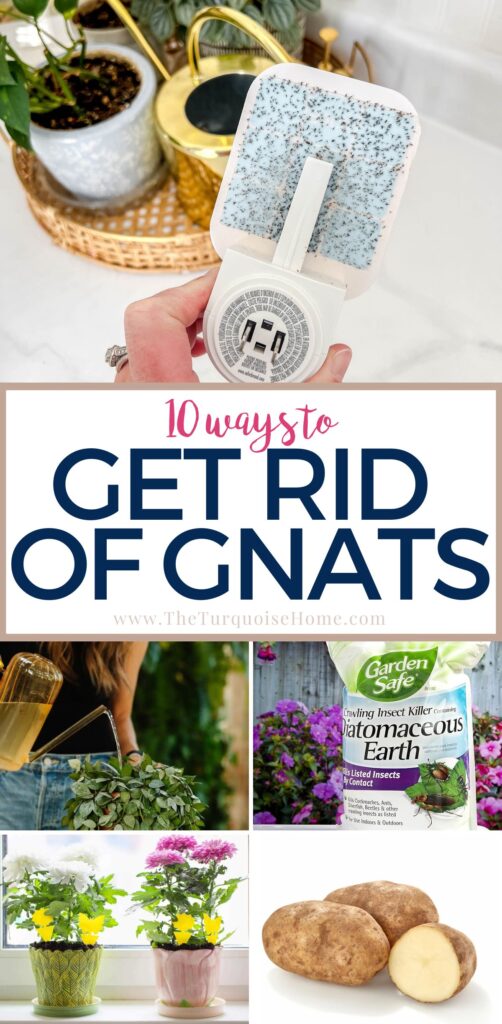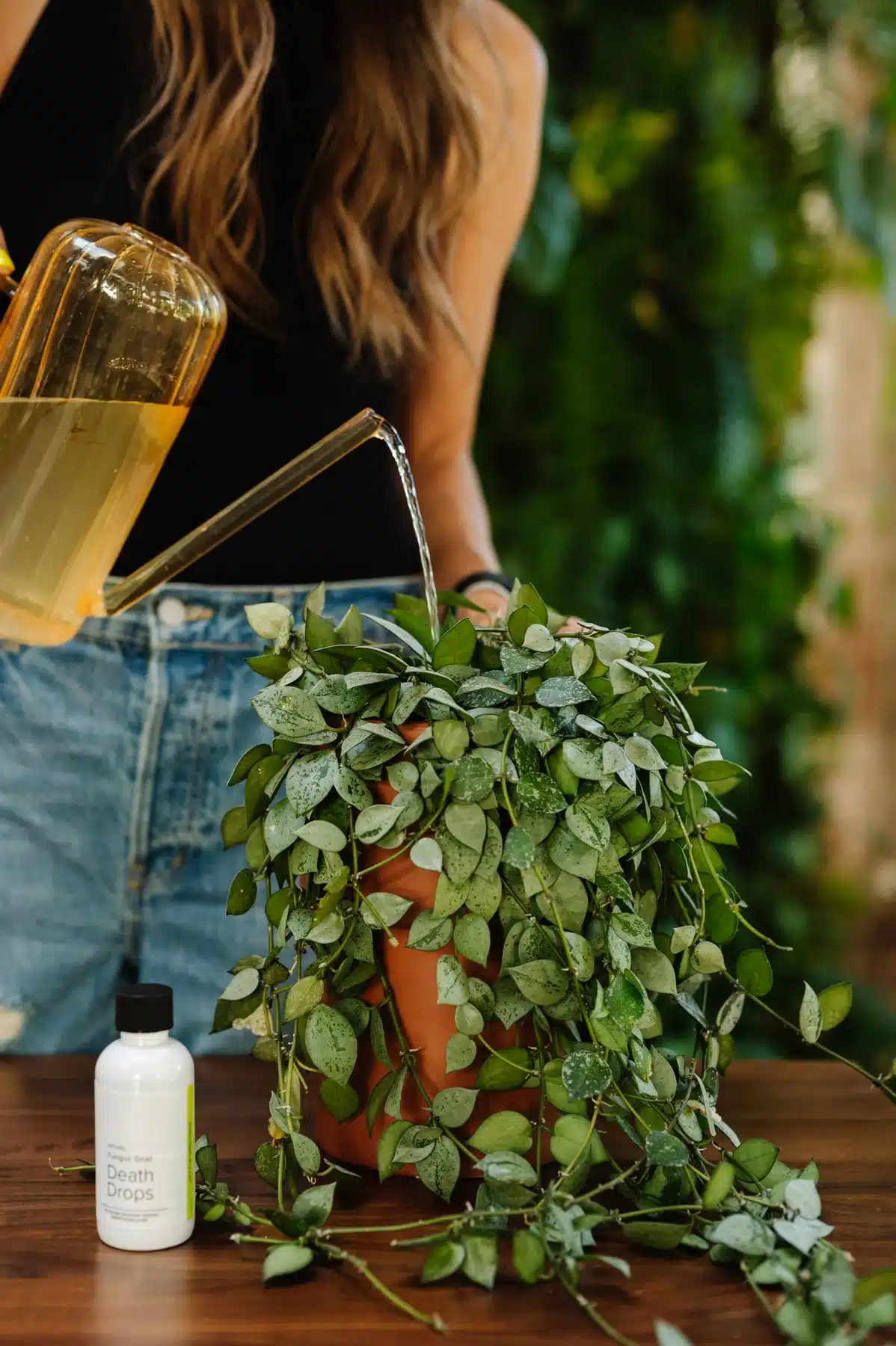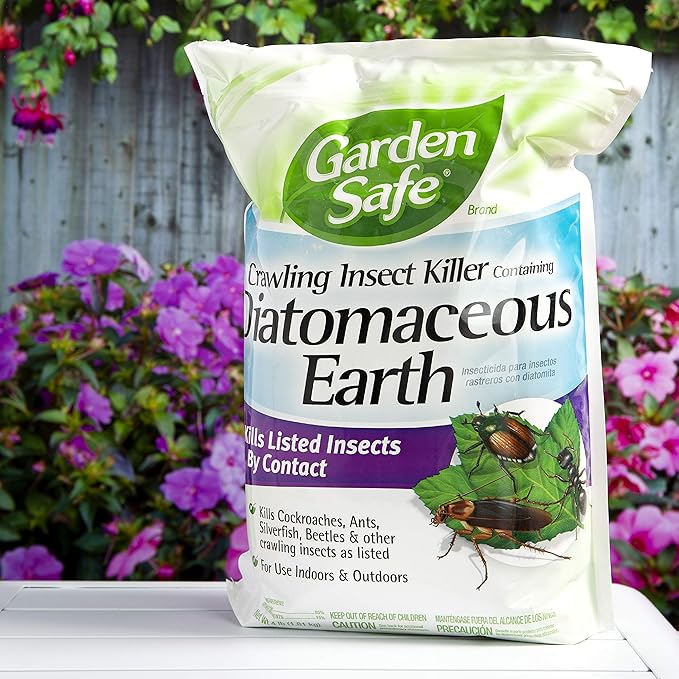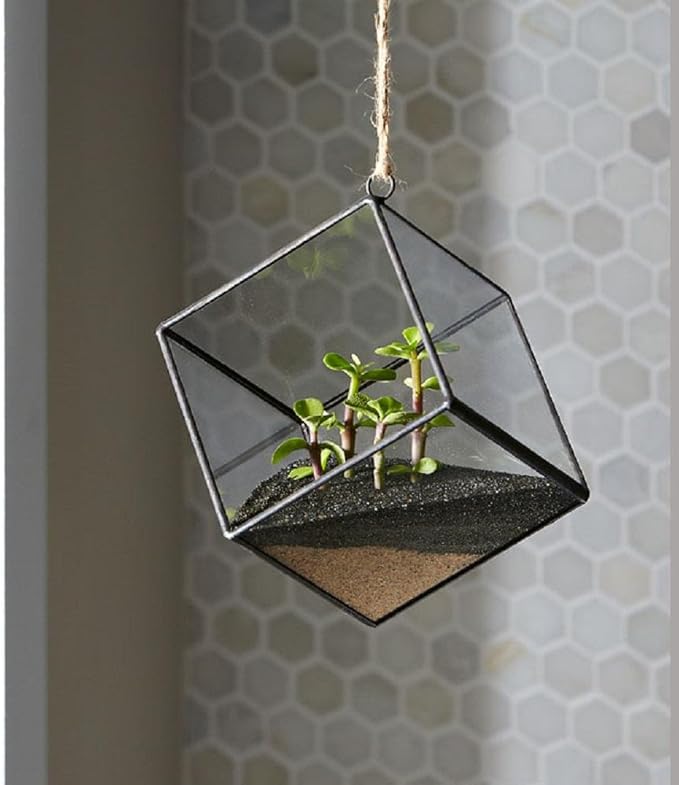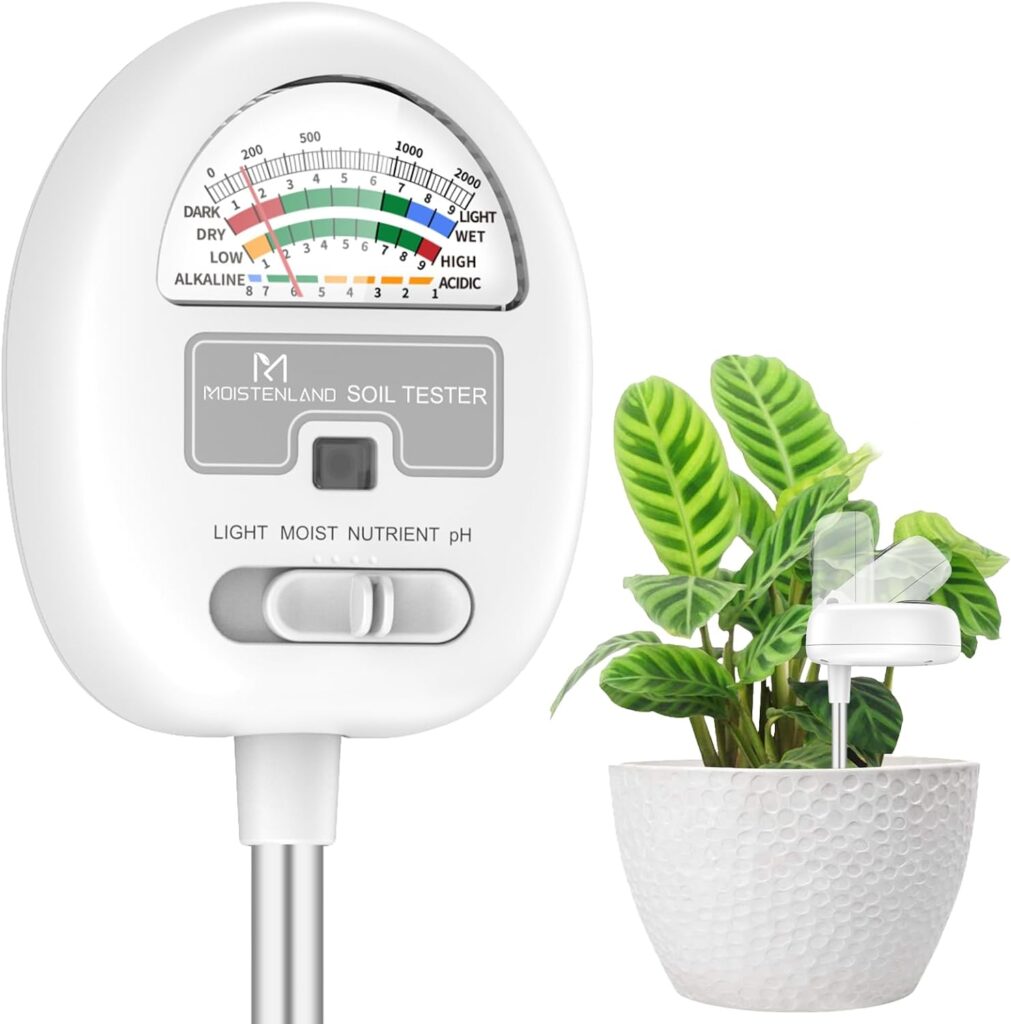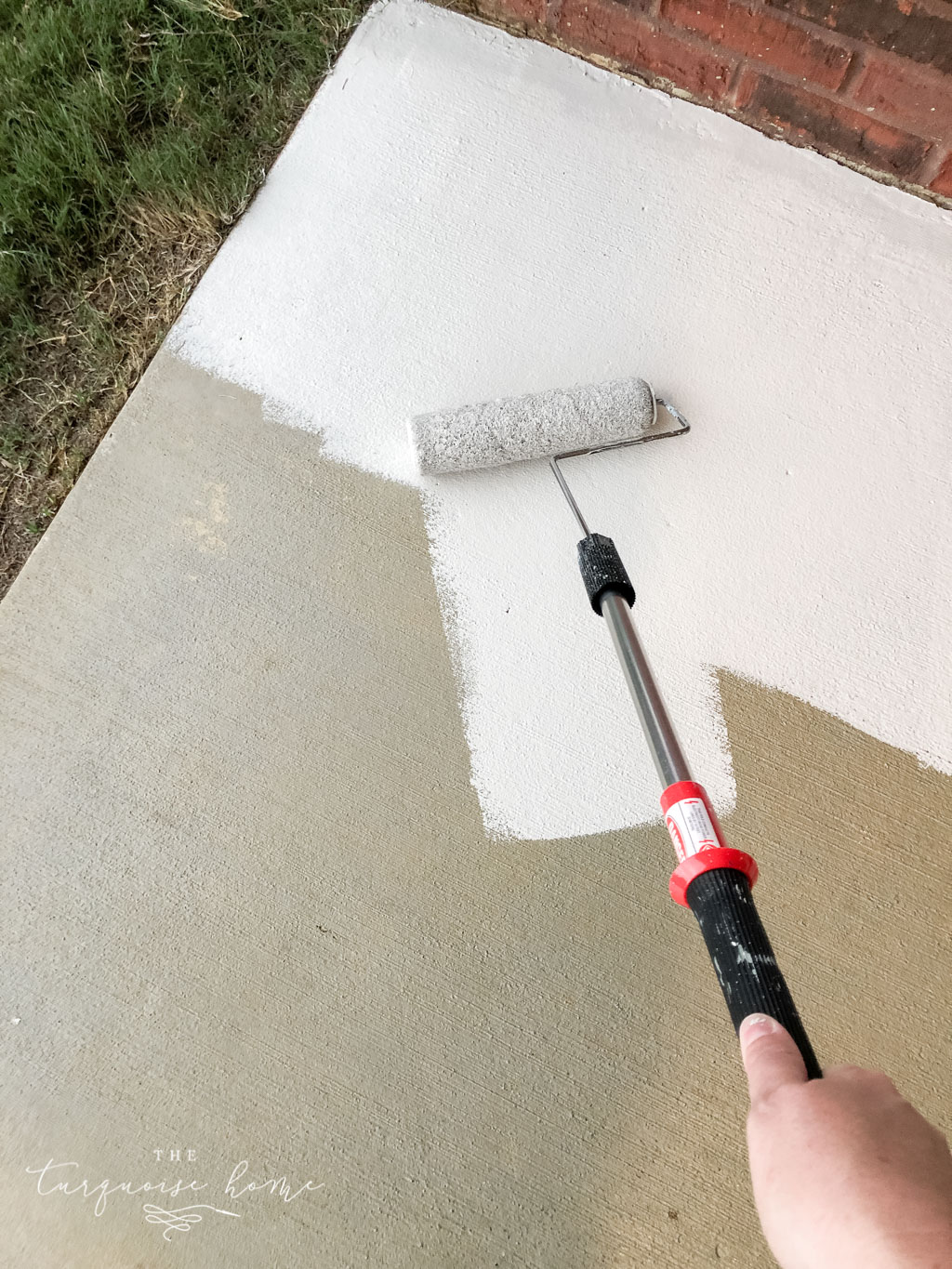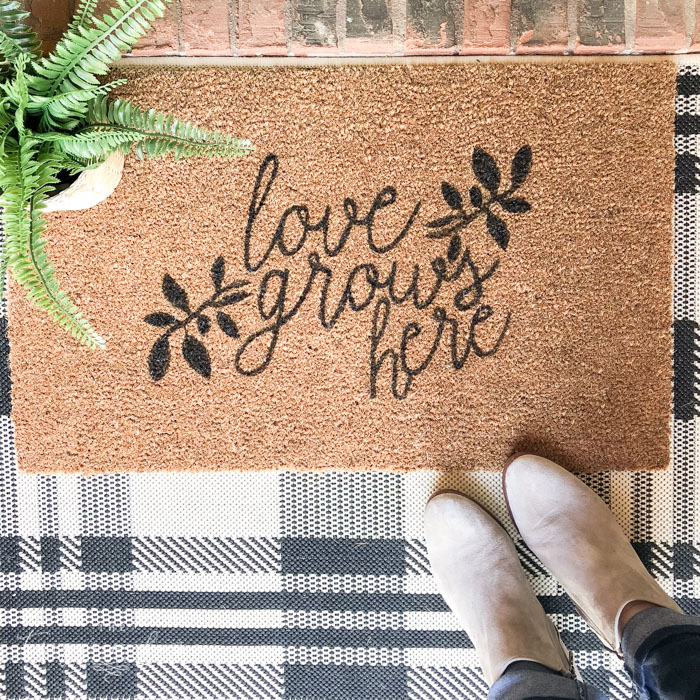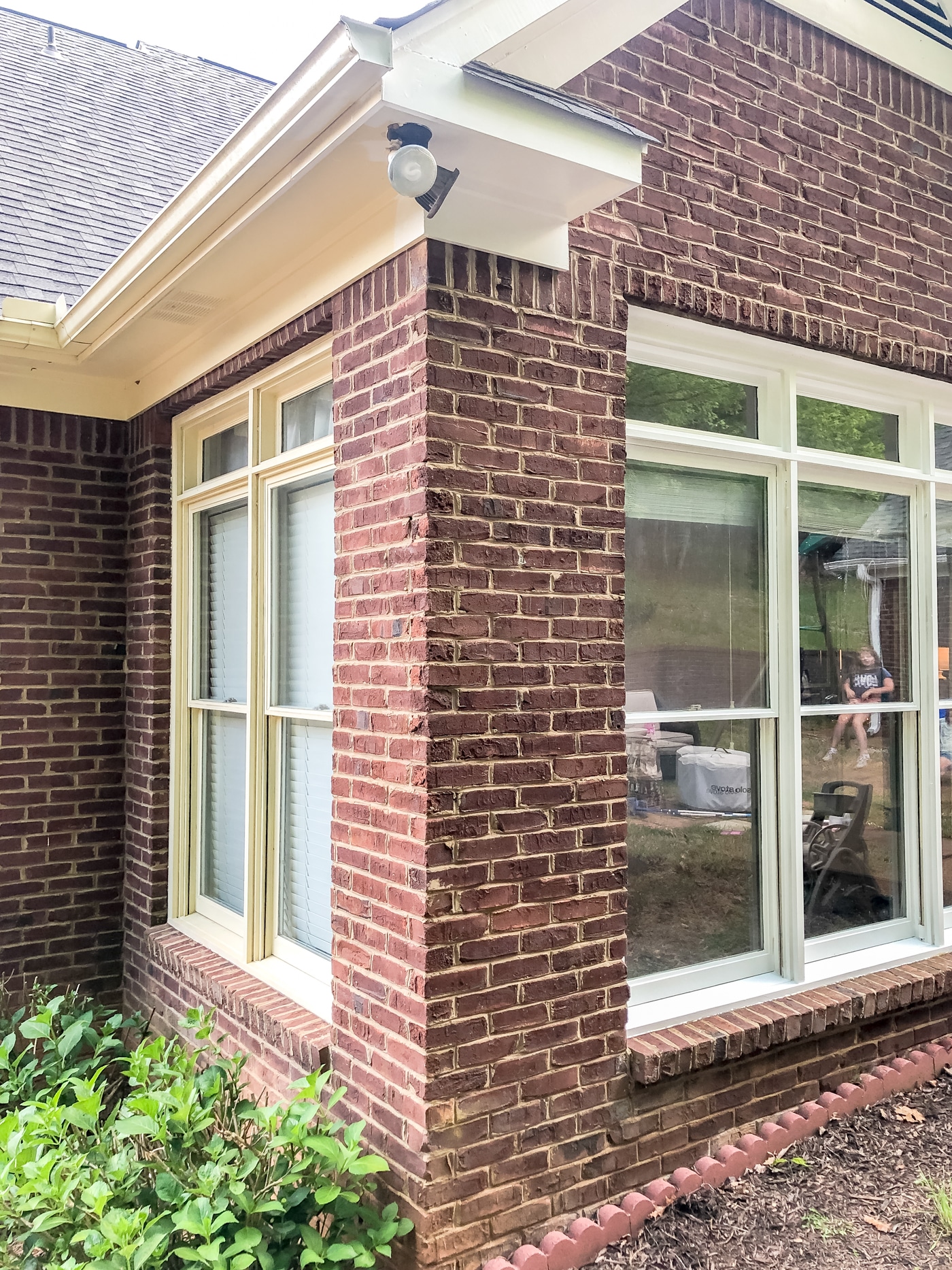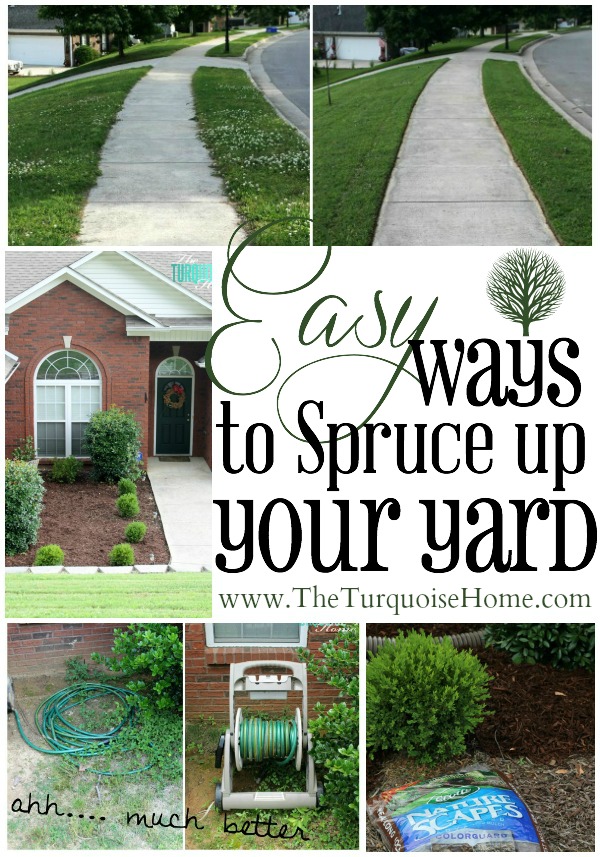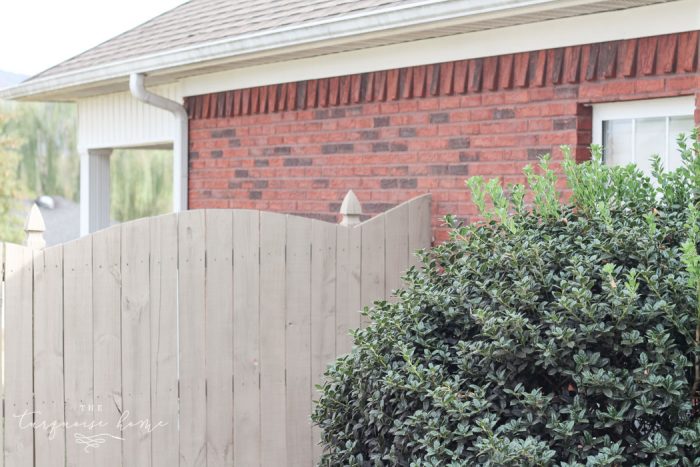How to Get Rid of Gnats in House Plants
It’s time to talk about a question every houseplant lover might encounter at some point: Why are my indoor plants attracting fungus gnats? Grab a glass of sweet tea to take the edge off as we dive into the unfortunate world of plant pests and how to get rid of gnats in house plants for good.

A few years back, I finally became a bona fide houseplant person. I always admired the look of greenery in home decor and found some really great fake plants. At the time, I was hesitant to add many real plants until I knew how to care for them properly.
I started by introducing the easiest house plants to my home—a ZZ plant, a snake plant and a pothos plant. Over time, I’ve learned to care for these and others, and I’ve even created guides for each to share tips with you on what I have learned about them all so far.
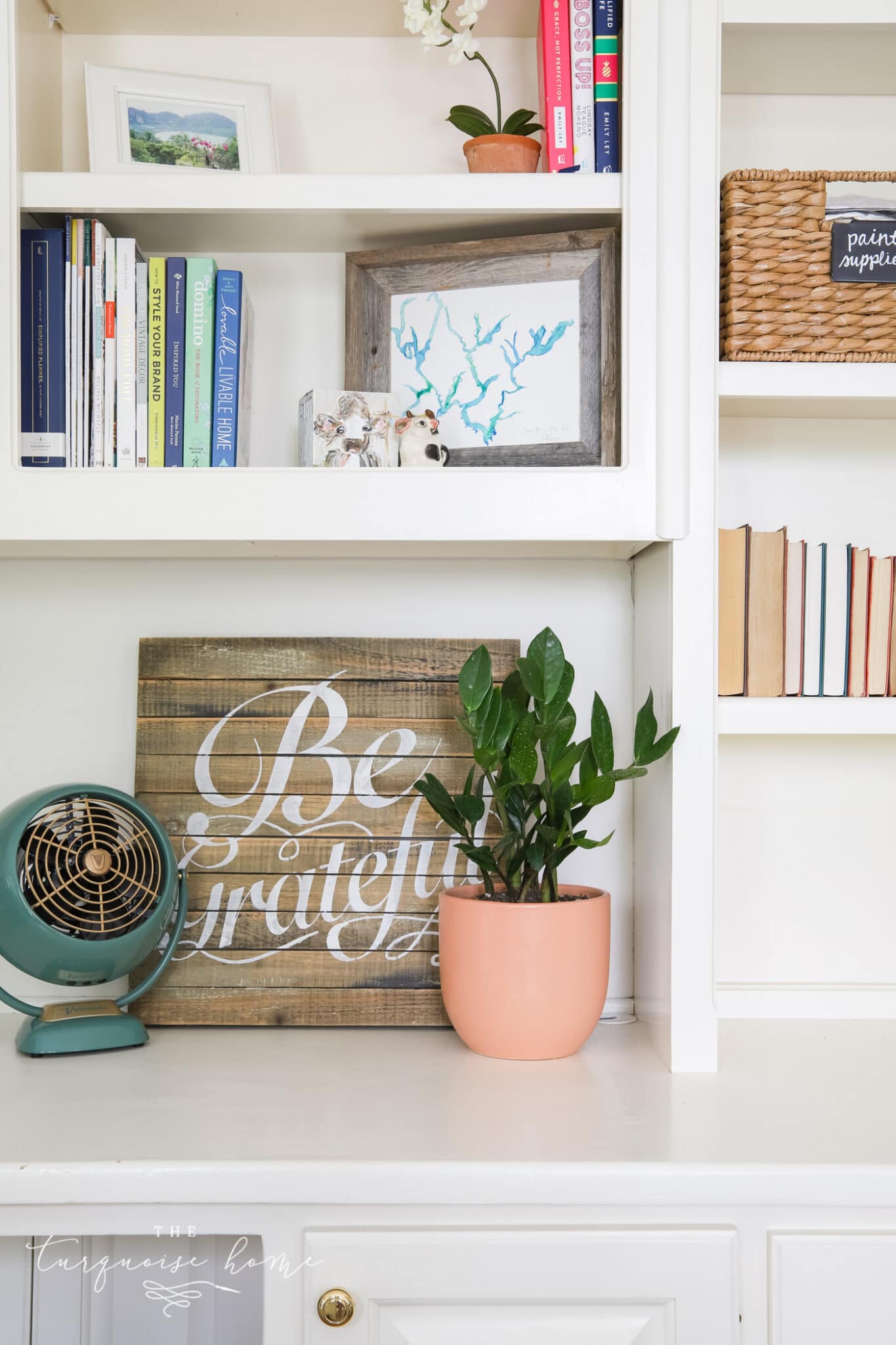
You will notice in the guides that I touch on the potential issue of developing a plant pest problem and how to keep them at bay. That takes us back to the question of fungus gnats and why these pesky little buggers love our green friends as much as we do.
This post contains affiliate links for your convenience. See my full disclosure policy.

Want to Save This?
Enter your email below and I’ll send it directly to your inbox!
How can I tell if my plants have fungus gnats?
Look for small, mosquito-like flies hovering around your plants, especially when the soil is disturbed. You might also notice tiny white or translucent larvae in the soil. If your plants are showing signs of stress like stunted growth or yellowing leaves, this could indicate a gnat infestation.
Don’t feel bad if you get them, because it happens to just about everyone who has a lot of plants. Now that I have many plants, I have to work on keeping the gnats at bay.
Why are my indoor plants attracting gnats?
Houseplants often attract fungus gnats that normally live outdoors. They lay their eggs in moist soil outdoors. So when they sense perfectly tended, moist soil in our indoor pots, they fly right inside. Wouldn’t you?
While it’s understandable, I have no desire for a fungus gnat infestation in my home—and I’m sure you don’t either. We put that soil in there for our plants, not for gnats!
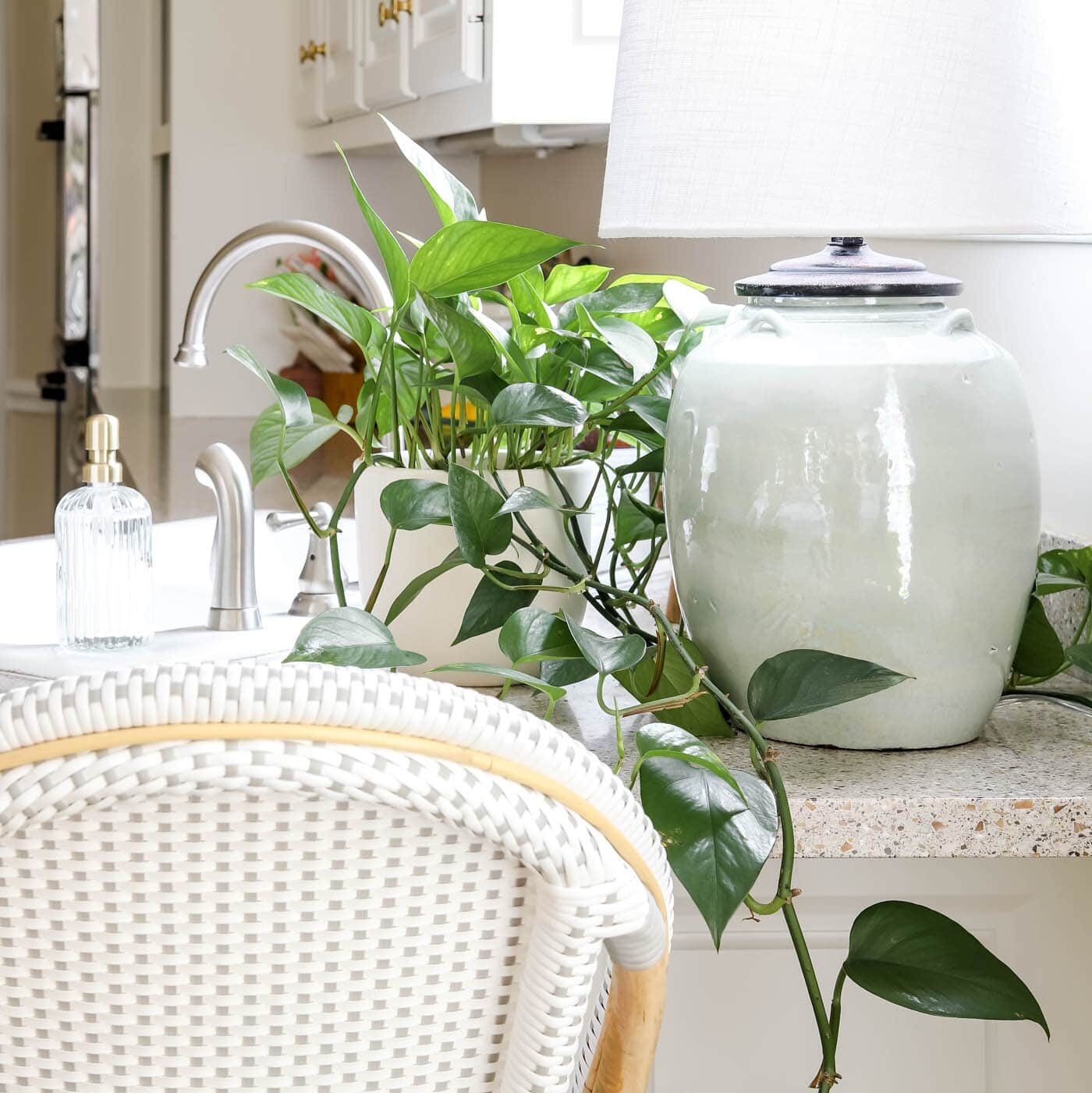
What is the fastest way to get rid of gnats in plants?
While the adult fungus gnats are more of a nuisance than anything to us humans and our pets, they multiply fast, which is the real problem. The fungus gnat larvae will feed on your plants’ soil nutrients and sometimes their roots, inhibiting plant growth.
There are several solutions for this issue, and I am happy to share several, from how to get rid of gnats in the house quickly to ways to keep them away in the long run.
10 Ways to Get Rid of Gnats in Houseplants
Here are many different methods for tackling a gnat problem, including several natural remedies. You can try several of these at once to attack the issue from all angles!
1. Plug-in Gnat Traps
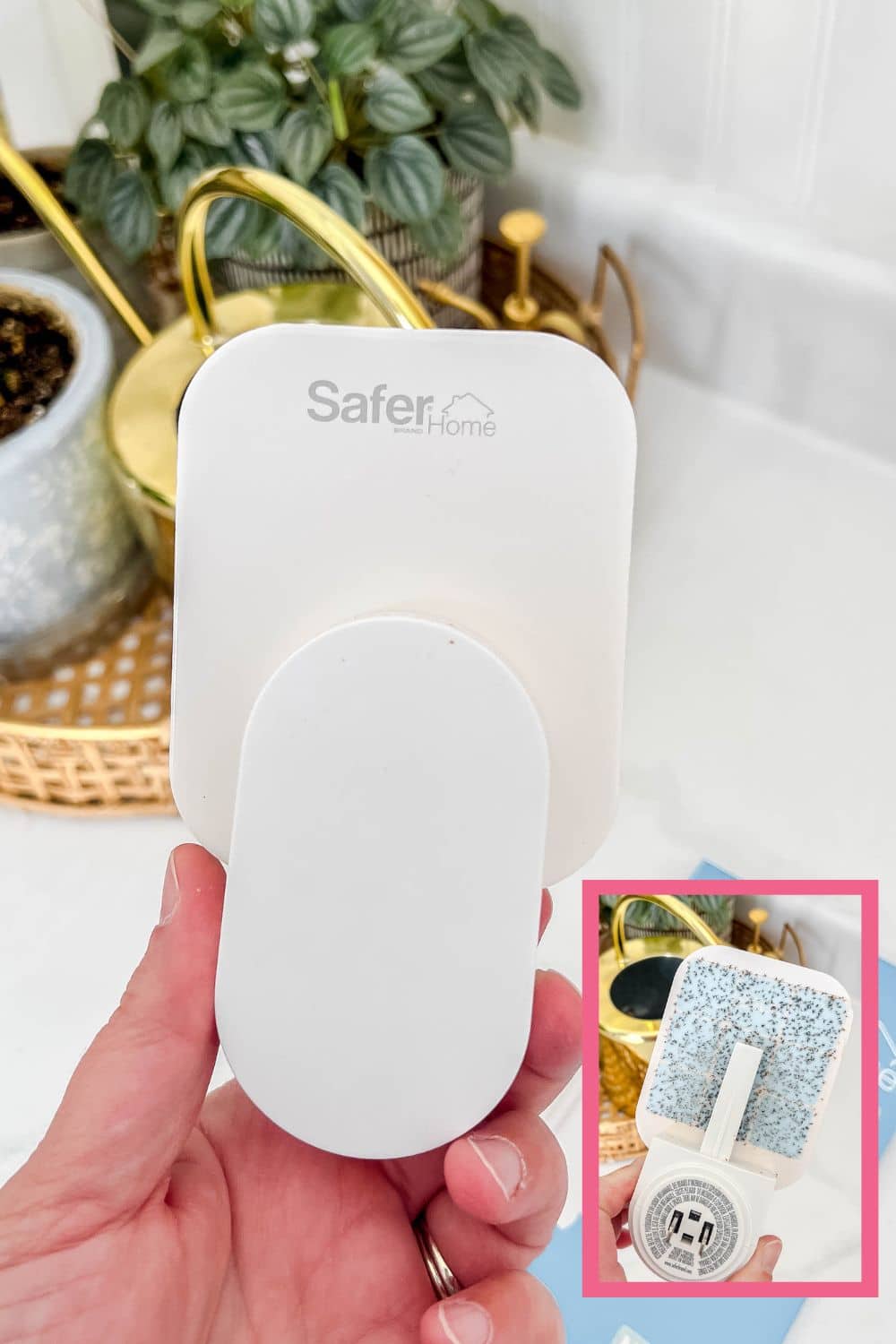
I use these handy plug-in gnat traps near my fruit bowl and houseplants to help keep the gnat population under control. They work wonders, and I’ve noticed a significant decrease in the number of gnats buzzing around.
2. Neem Oil Spray
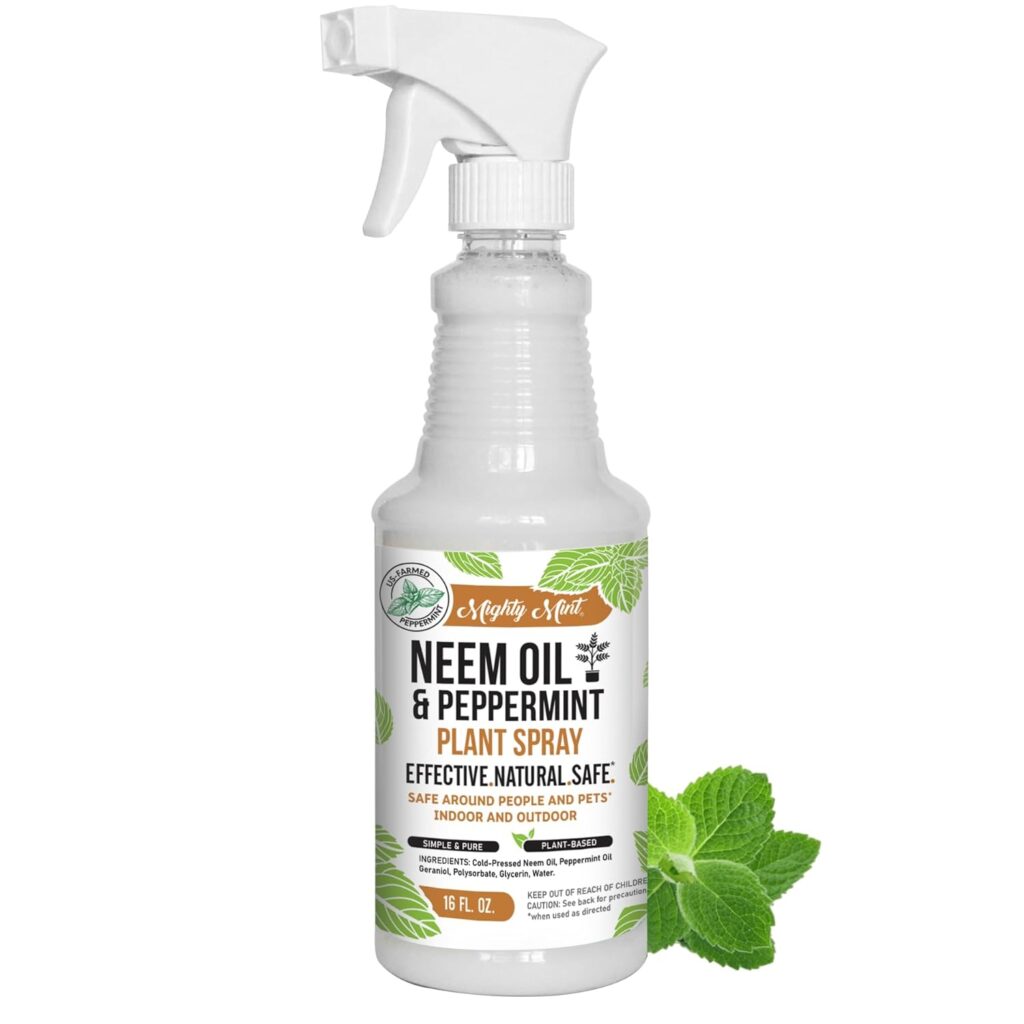
I like to give my plants a good spritz of neem oil spray occasionally to keep those insects from making themselves at home in my plants’ soil. You can also spray the leaves to keep other pests away. It’s a great natural way to keep them away, and my plants don’t seem to mind it one bit!
3. Fungus Gnat Death Drops
I’m ordering these “fungus gnat death drops” mostly because I am intrigued whether they are as effective as their name. They are advertised as natural and EPA-approved with an active ingredient called BTI (Bacillus thuringiensis subspecies israelensis) Strain BMP 144. While I don’t care to attempt pronouncing that, I sure will give it a try!
You basically dilute the drops heavily in water and then drench the plant soil regularly with the mixture where there any infestations of fungus gnat infestations of adults, eggs, pupae or larvae.
4. Yellow Sticky Traps
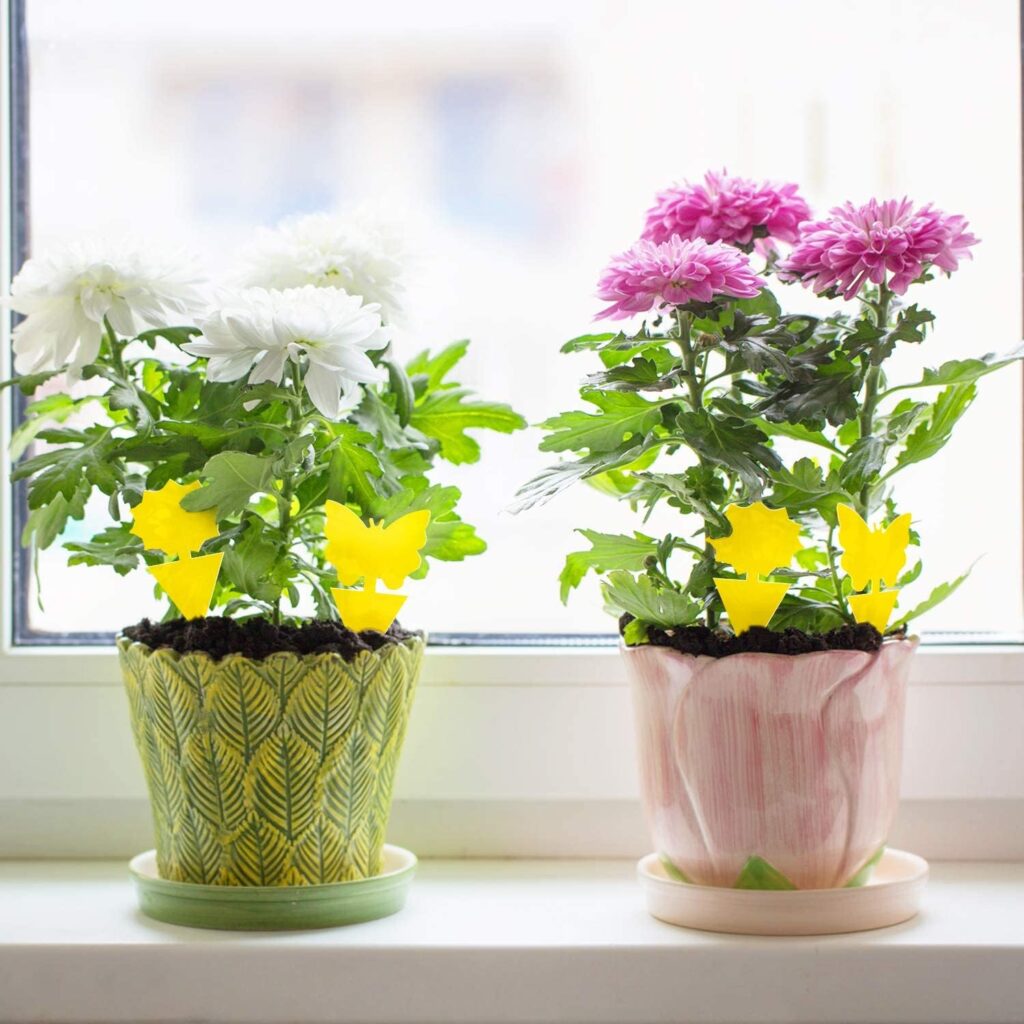
These yellow sticky traps are a simple yet effective way to catch adult fungus gnats. While they don’t treat the soil, the yellow color attracts the existing gnats to a sticky surface they can’t escape. Just place the traps near your plants and dispose of them as needed.
5. Diatomaceous Earth (DE)
When applied to the soil’s surface, DE is an organic matter that causes dehydration in bugs, including gnats, eventually leading to their demise. While this is a natural, non-toxic substance commonly used indoors and out for pest control, you should still wear a mask to avoid inhaling the fine dust.
I’ve used this before in my home and out of my home and I really liked how it worked, especially when dealing with ants!
6. Apple Cider Vinegar and Dish Soap

Make a DIY trap by mixing a small amount of apple cider vinegar with a few drops of dish soap in a shallow dish. The vinegar attracts the gnats, while the dish soap breaks the surface tension, causing them to sink and drown. Place the dish near your plants, and refresh the solution every few days to keep the trap effective. Like the yellow sticky traps, this doesn’t treat the soil but does disrupt the life cycle by killing off the egg-laying adult population.
7. Hydrogen Peroxide Soil Drench
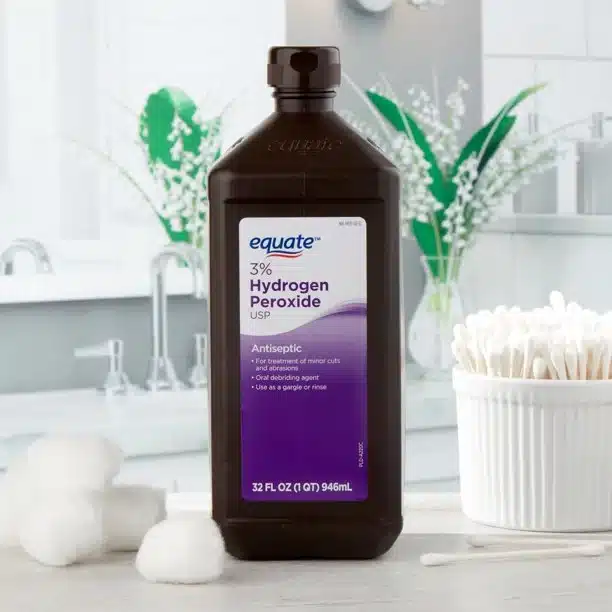
This is a great natural solution for treating the soil. Mix a solution of one part 3% hydrogen peroxide to four parts water. Water your plants with this solution to kill gnat larvae and eggs on contact. Be sure to allow the soil to dry out between treatments.
8. Potato Slice Traps
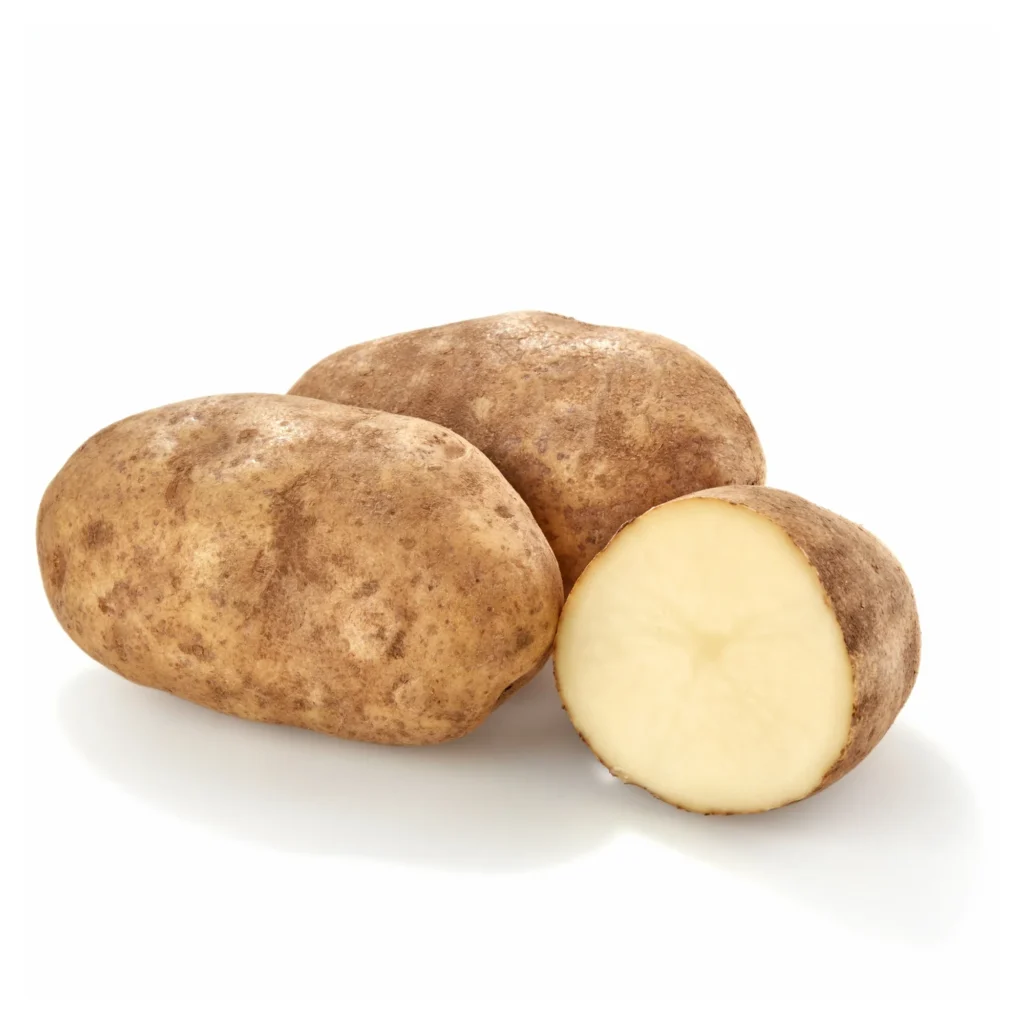
This is one of the easiest home remedies for tackling a fungus gnat problem: Place raw potato slices on the soil’s surface to attract gnat larvae. The larvae will be drawn to the potato instead of your plant’s roots. Replace the potato slices every couple of days until the gnats slowly disappear.
9. Add a Sandy Soil Cover
A thin layer of sandy soil cover discourages gnats from laying eggs because it dries quickly and covers the moisture that is so attractive to them. Dry soil is not. Plus, the sand is difficult for them to dig through. This is best done with new plants or when repotting other plants with fresh soil.
10. Avoid Overwatering
Along the same theory for why a sandy soil cover can help, remember gnats love moist soil. One easy way to not attract them is to only give your plants the amount of water they need. A great way to keep track of it is using a soil tester. It will not only reduce the risk of gnats laying eggs but also prevent other houseplant issues like root rot.
More FAQs About Eliminating Gnats Around Indoor Plants
Can I bring new plants into my home while dealing with a fungus gnat infestation?
It’s best to avoid bringing new plants into your home until the infestation is resolved. New plants could introduce more gnats or become infested themselves. If you do bring in new plants, quarantine them in a separate room and inspect them thoroughly for signs of gnats before adding them to your collection.
Are there certain plants that are more resistant to fungus gnats?
No plants are entirely gnat-proof, the low-moisture plants like succulents, cacti, snake plants and ZZ plants are more resistant.
Do fungus gnats spread diseases or pathogens to plants?
Adult fungus gnats do not directly harm plants, however, their larvae can cause root rot by spreading fungal diseases to plant roots.
Will using a fan help deter gnats around my plants?
Yes. The constant airflow makes it difficult for gnats to fly and lay eggs in the soil.
How long does it take to eliminate fungus gnats?
That depends on how bad the infestation is and the methods you use. Generally, it can take several weeks to notice a significant decrease in a gnat population. Consistency and persistence are key to successful eradication.
Remember, combining multiple methods can increase your chances of successfully getting rid of gnats on your indoor plants. And as noted in several of these solutions, stopping the entire life cycle after removing the existing adult gnats takes some time. Stay vigilant and consistent, and you’ll soon have a gnat-free home.
Have you used any of these methods to protect your plants from gnats? I would love to hear about your experience or any others I should consider.
More Posts You Will Love:

